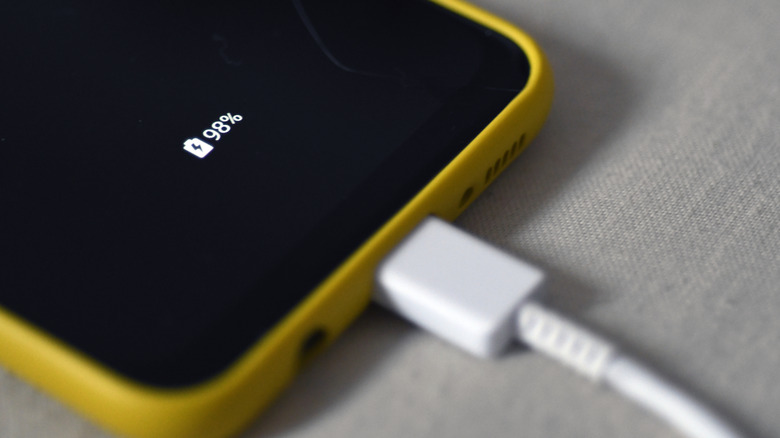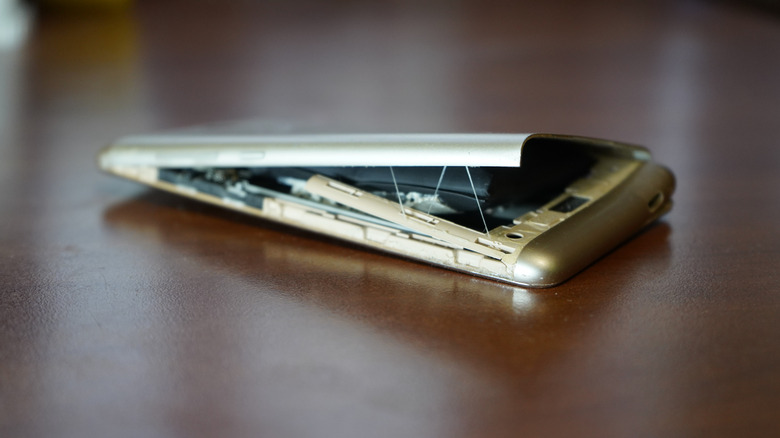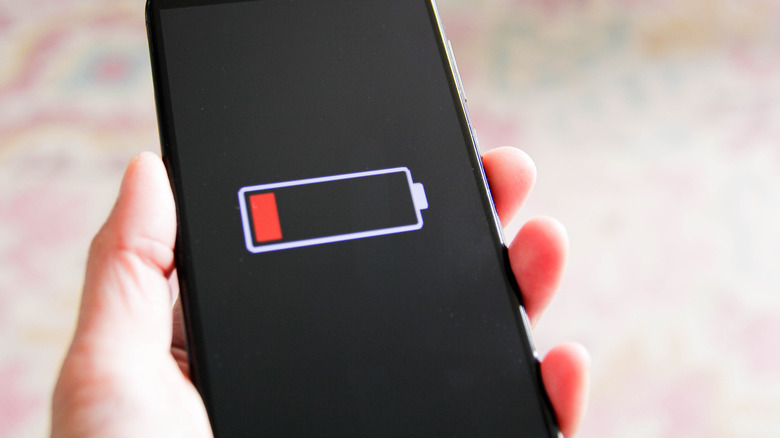This Pixel 10 Feature Dramatically Reduces Battery Capacity (And You Can't Turn It Off)
There's plenty to get excited about when it comes to the Pixel 10 lineup. Not only do the devices offer Google's own version of MagSafe — called Pixelsnap — but the phones are also loaded with tons of useful AI features. One addition that you might not find exciting, though, is the fact Google plans to limit the battery in the Pixel 10 — and there isn't any way to stop it.
The "throttling," as some describe it, will kick in automatically after just 200 charging cycles, Google told Android Authority. From there, the battery's maximum voltage will be incrementally adjusted until 1,000 charge cycles have been reached. Google says that this is to "help stabilize battery performance and aging." This appears to build off Google's previous work on the Pixel 9a, which received a mandatory "battery health assistance" feature earlier this year, which had a similar impact on that particular device.
While the feature was mandatory on the Pixel 9a, Google did force it on other Pixel devices at the time. However, with the release of the Pixel 10, battery health assistance will once again be a mandatory feature that you cannot disable.
Why Google is throttling the Pixel 10 battery
Google was putting in effort to make the batteries in its latest smartphone lineup last longer certainly sounds like a smart move. That said, while longer-lasting batteries seems like a net positive, there are other factors to take into account. These factors have left many upset with the decision, though there are certainly mixed opinions on both sides of the argument.
Earlier this year, Google released two major updates to some of its older smartphones, most notably the Pixel 6a and the Pixel 4a. These updates followed the discovery of issues with older Pixel devices, including the Pixel 6a melting due to the battery overheating.
We've seen issues with smartphone batteries in the past — Samsung's Galaxy Note 7 fiasco is hard to forget — but Google handled the issue with the older Pixel models by telling affected customers that their batteries would be more limited following a certain number of charge cycles, which immediately led to reduced performance on those devices, even forcing some to replace their devices to make it through the work day on a single charge. That's why there are so many concerns about this feature on the Pixel 9a and the Pixel 10.
Google is making Pixel fans angry
Because the Pixel 10 isn't an old device or even a more budget-friendly device like the Pixel 9a, it's not hard to figure out why some are upset by the move, especially since lowering the maximum voltage of the battery will not only reduce how quickly the battery charges, but also reduce how long the battery in the device lasts on a single charge. Damage to your battery can cause headaches, which is why so many recommend following smart charging rules and being mindful of how long you let your phone charge every day.
With a feature like this, control is taken out of the user's hands. And when you consider how many AI features are packed into the Pixel 10 lineup, or really any smartphone these days, having great battery life is important if you plan to take advantage of those features, as they can be very battery hungry. That's why we're seeing companies like Google invest in nuclear energy.


